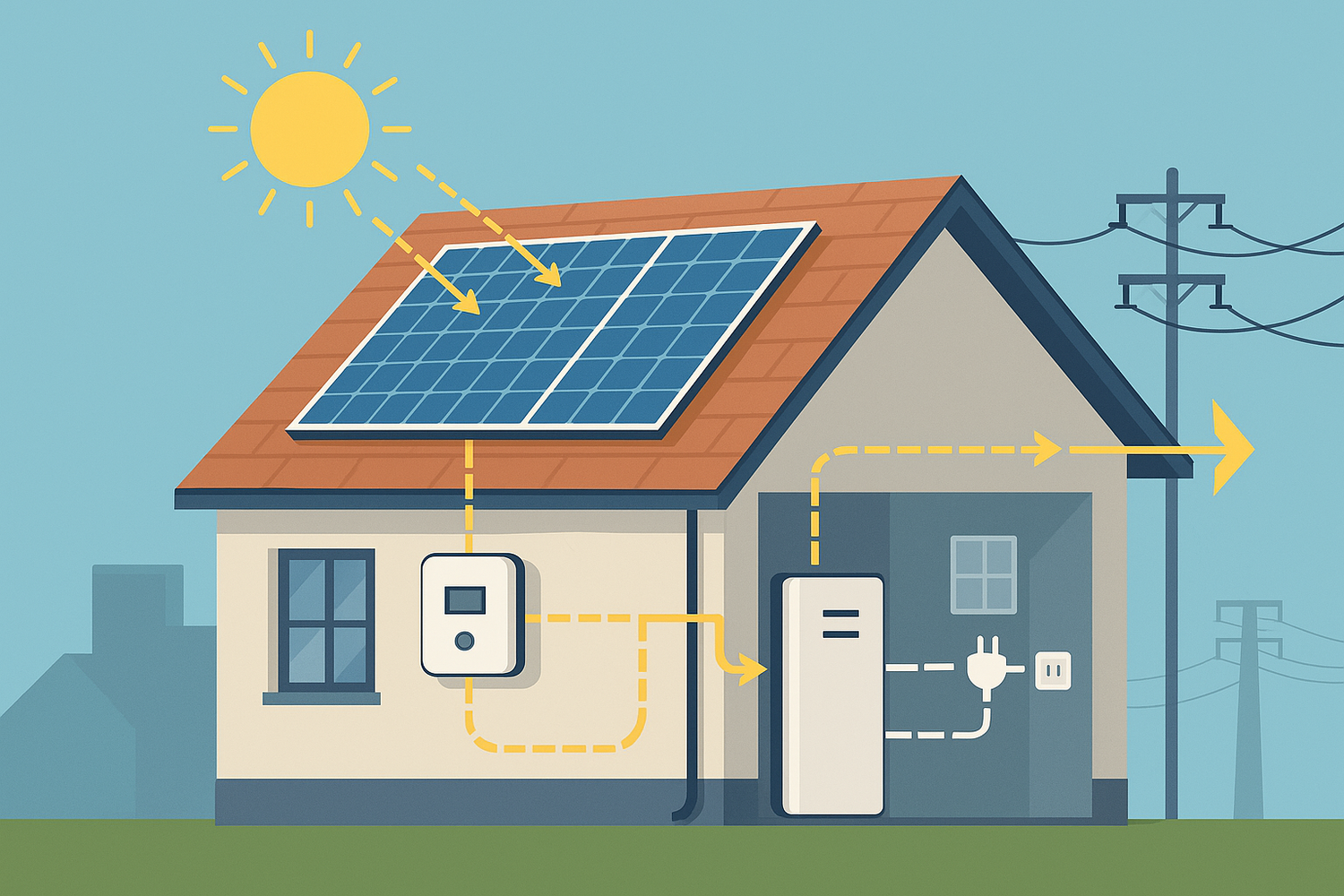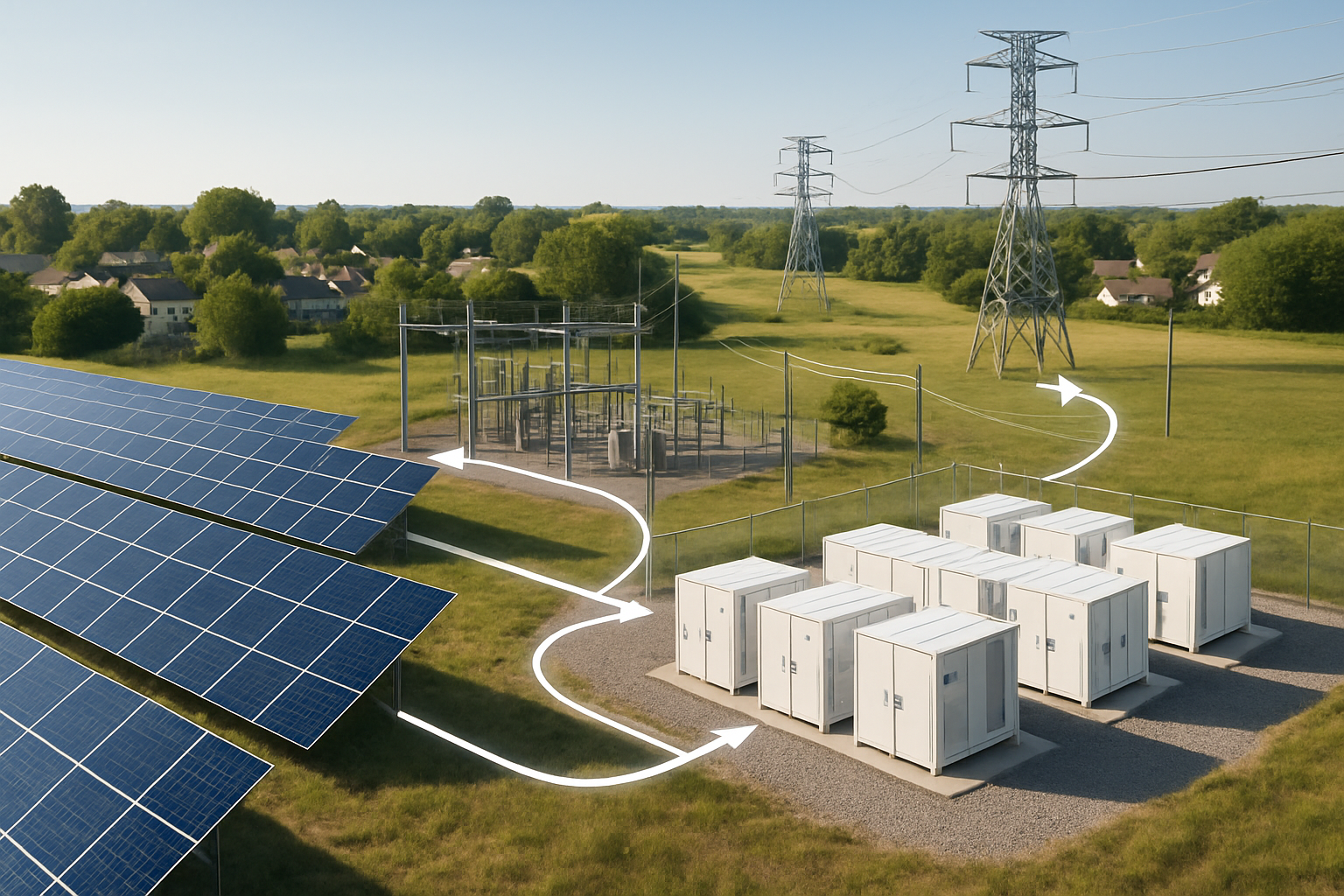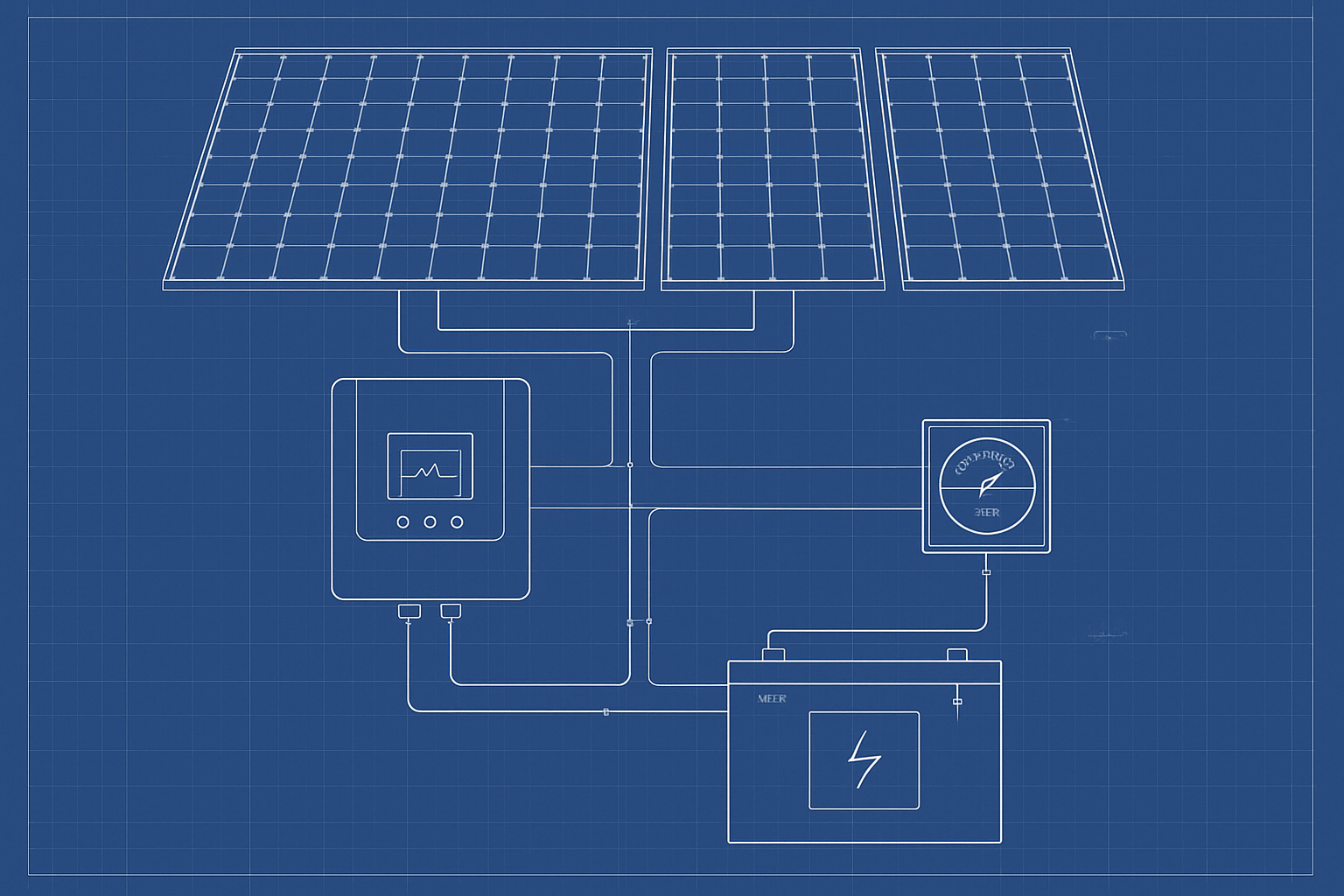Adopting solar energy offers a path to greater energy independence and sustainability. However, the initial investment in a solar project can vary significantly. Understanding the factors that influence solar project costs empowers you to make informed decisions and optimize your investment. This article outlines key cost drivers shaping the price of solar installations, helping you navigate the market with confidence.
Core Component Expenses
The fundamental building blocks of any solar system represent a significant portion of the overall cost. The quality and type of these components directly influence both performance and price. Equipment, including panels, inverters, and batteries, changes the price.
Solar Panels (PV Modules)
Solar panels are central to electricity generation. Their cost depends on factors such as efficiency, brand reputation, and the technology used (e.g., monocrystalline, polycrystalline). Higher efficiency panels can generate more electricity from a smaller area, potentially reducing the number of panels needed for a desired output. This can offset their higher initial price, especially in locations with high solar exposure. Historically, photovoltaic (PV) module prices have seen substantial reductions, dropping by over 80% in the past decade. While prices temporarily increased in late 2022 due to tight markets for materials and labor, they began to decrease in early 2023 as input costs declined and manufacturing capacity expanded.
Inverters and Energy Storage Systems
Inverters convert the direct current (DC) electricity from solar panels into alternating current (AC) usable by your home or the grid. Different types, such as string inverters, microinverters, or hybrid inverters, come with varying costs and functionalities. Hybrid inverters, for example, are essential for systems integrating energy storage. Energy storage systems, primarily batteries, allow you to store excess solar power for use during periods without sunlight or during power outages. Lithium Iron Phosphate (LiFePO4) batteries are a preferred choice for solar storage due to their high energy density, long lifespan, safety features, and low maintenance requirements. They offer superior thermal stability, a longer cycle life (often exceeding 2000 charge cycles), and high efficiency in energy transfer, ensuring more of your stored energy is utilized. Incorporating a home energy storage system, like those powered by LiFePO4 batteries, can reduce electricity bills and increase energy independence.

Installation and Site-Specific Variables
Beyond the hardware, the physical installation process and the unique characteristics of your property play a significant role in the overall project price. Labor and permitting are considerable factors.
Labor Rates and Complexity
The cost of labor varies by region, reflecting local wage rates and the availability of skilled solar installers. Projects requiring specialized skills, such as complex electrical work or challenging roof types (e.g., steep pitches, difficult materials), can incur higher labor expenses due to additional safety measures and increased time.
Permitting, Inspections, and Soft Costs
Navigating local regulations, obtaining necessary permits, and undergoing inspections contribute to what are often termed "soft costs." These administrative burdens can vary significantly by jurisdiction, influencing both project timelines and budgets. Permitting processes, especially in regions like Europe, can be lengthy and complex, sometimes taking years for approvals, which adds to project costs. The European Union has recognized this challenge and implemented measures to expedite permitting for renewable energy projects.
System Scale and Configuration
The size and type of solar system you choose directly affect its overall price. Larger systems often benefit from economies of scale, leading to a lower per-watt cost, even though the total investment is higher.
Residential vs. Utility-Scale Projects
Smaller residential systems typically have a higher per-watt cost compared to large commercial or utility-scale installations. This is because many fixed costs, such as design, permitting, and interconnection, are spread across a larger energy output in bigger projects. Utility-scale solar projects, for example, require substantial capital investment for land acquisition, equipment, engineering, and installation.
Grid-Tied vs. Off-Grid Solutions
Grid-tied systems connect to the existing electricity grid, allowing you to draw power when your solar panels are not producing enough and feed excess energy back into the grid (often through net metering policies). Off-grid solar solutions, designed for complete energy independence, require more extensive battery storage and specialized inverters to ensure a consistent power supply without grid connection. This added complexity and component requirement typically make off-grid systems more expensive upfront. Our company develops integrated ESS solutions, including robust off-grid systems, to help you achieve full energy autonomy for homes, farms, or remote cabins.
Policy, Incentives, and Financial Landscape
Government policies and financial market conditions play a crucial role in shaping the economic viability of solar projects.
Government Incentives and Rebates
Various incentives, such as tax credits, rebates, and feed-in tariffs, are designed to encourage solar adoption by reducing the initial investment. For example, the US Inflation Reduction Act provides significant financial support for low-emission technologies, including solar PV and storage, through tax credits. These incentives can significantly lower the effective cost of a solar installation, making it more accessible and financially appealing.
Financing Costs and Market Conditions
Solar projects are capital-intensive undertakings, often relying on external financing. Rising interest rates directly increase borrowing costs, which can negatively impact a project's return on investment (ROI) and make it less attractive to investors. For example, a 2020 analysis by the IEA estimated that a five percent rise in interest rates could increase the levelized cost of electricity from solar by a third. Despite this, investment in clean energy, including solar, continues to grow, with solar investment projected to exceed oil investment in 2023.
Market Dynamics and Supply Chain Resilience
The broader market environment and the stability of the supply chain also influence solar project prices.
Raw Material and Manufacturing Prices
The cost of raw materials, such as silicon for solar cells, aluminum for frames, and copper for wiring, directly impacts manufacturing expenses. Fluctuations in these commodity prices can influence the final cost of solar components. While technological advancements and economies of scale have driven down PV module prices, market tightness for materials and labor can cause price increases.
Logistics and Transportation
Shipping costs and supply chain disruptions can add unexpected expenses to a solar project. Global events or increased demand can lead to higher transportation fees and delays, impacting the timely delivery and overall cost of components. Ensuring a resilient supply chain is crucial for stable project pricing.
Looking Ahead with Solar Investment
The cost of a solar project is shaped by a combination of component quality, installation complexity, regulatory environments, financial conditions, and market forces. By understanding these diverse cost drivers, you gain a clearer picture of your potential investment. While initial expenses exist, the long-term benefits of solar energy, including reduced electricity bills and enhanced energy independence, represent significant value. Our company focuses on providing reliable, scalable energy solutions, including high-performance lithium batteries and comprehensive energy storage systems, designed to help you achieve your energy goals efficiently and sustainably.





Leave a comment
All comments are moderated before being published.
This site is protected by hCaptcha and the hCaptcha Privacy Policy and Terms of Service apply.